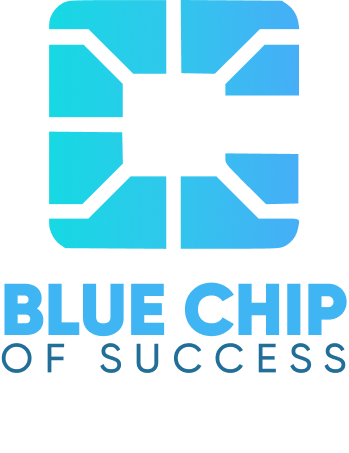

A new study from global tech strategists Juniper Research has found operators will generate $30 billion from cellular Internet of Things (IoT) connectivity globally in 2030.
This represents a substantial rise of 74% from $18 billion in 2025; driven by a rising demand for operational efficiency and automation.
To capitalise on this growth, Juniper Research urges network operators to innovate how they monetise IoT connectivity, with network application programming interfaces (APIs) emerging as a key technology. By providing standardised, on-demand access to cellular network capabilities, APIs enable operators to shift from monthly subscription charges to usage-based monetisation.
Network APIs Fuel Cellular IoT Adoption
Enterprises increasingly demand flexibility in how they are charged; Juniper Research believes that the established recurring subscription model for connectivity is becoming insufficient in meeting this demand. Instead, operators must support IoT-centric APIs that charge through the usage of IoT networks, rather than solely connectivity.
Alex Webb, Senior Research Analyst at Juniper Research explained:
“Operators will find far more success in the IoT space through usage-based billing. As we move closer to 6G, operators cannot repeat the mistakes of 5G. Connectivity alone is not enough. Operators must leverage software-defined networks to increase revenue through billing mechanisms that align with high data usage.”
Network APIs Key Opportunity for Future Revenue Growth
To maximise the impact of APIs, operators must simplify how enterprises use these advanced network capabilities. Juniper Research urges operators to implement standards-based network APIs through developer portals. This will enable all enterprises, regardless of their experience with networking protocols, to easily deploy network applications without needing deep telecom expertise; maximising cellular IoT’s appeal.
The post Cellular IoT Connectivity Revenue to Exceed $30 Billion Globally in 2030 appeared first on IoT Business News.

